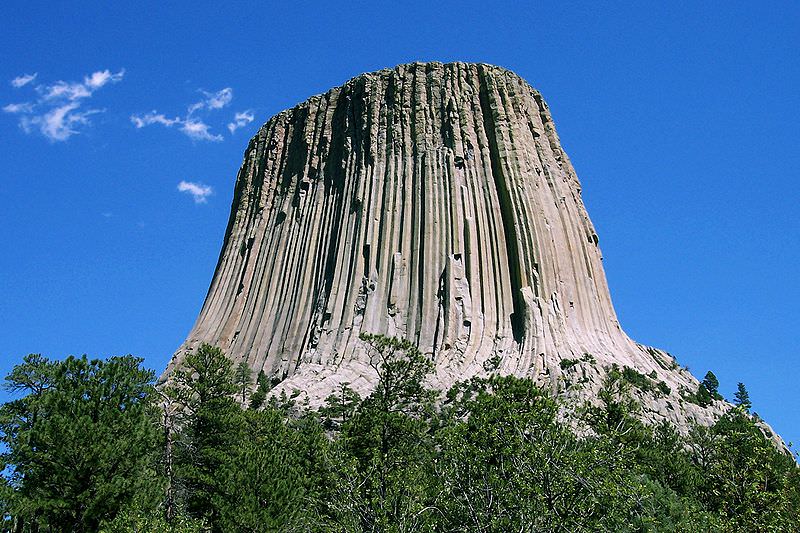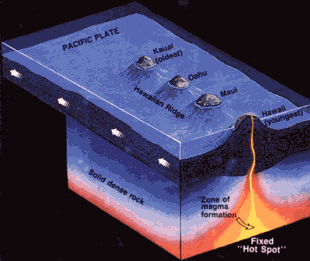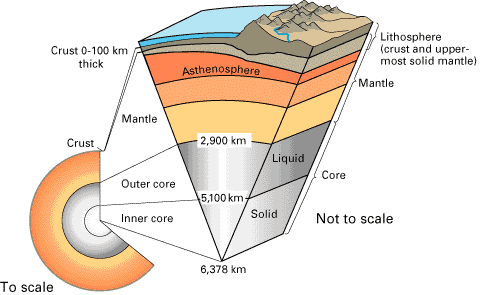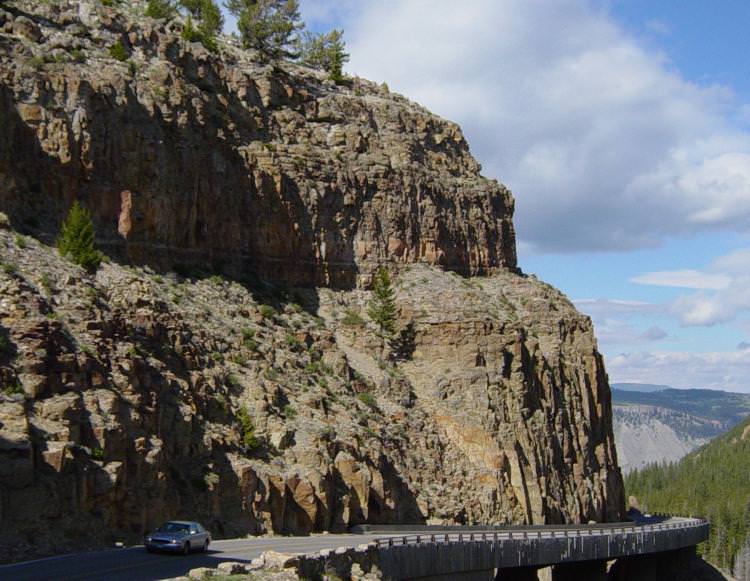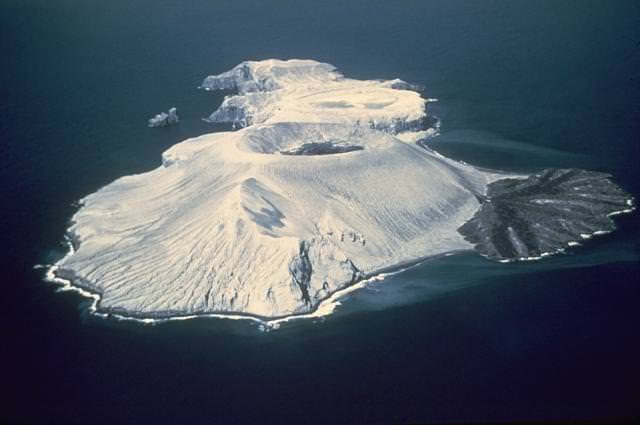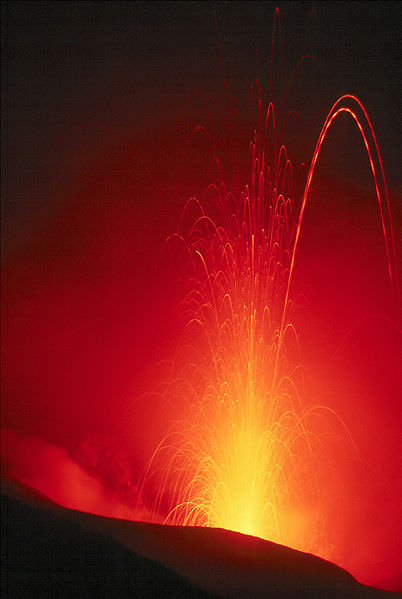[/caption]
Geologists have identified 3 major types of volcanoes. There’s the shield volcano, formed from low viscosity lava that can flow long distances. There are cinder cone volcanoes, which are made by the eruption of lava, ash and rocks that build up around a volcanic vent. But the last type is the composite volcano, and these are some of the most famous volcanoes (and most dangerous) in the world.
A composite volcano is formed over hundreds of thousands of years through multiple eruptions. The eruptions build up the composite volcano, layer upon layer until it towers thousands of meters tall. Some layers might be formed from lava, while others might be ash, rock and pyroclastic flows. A composite volcano can also build up large quantities of thick magma, which blocks up inside the volcano, and causes it to detonate in a volcanic explosion.
Composite volcanoes are fed by a conduit system which taps into a reservoir of magma deep within the Earth. This magma can erupt out of several vents across the composite volcano’s flanks, or from a large central crater at the summit of the volcano.
Some of the most famous volcanoes in the world are composite volcanoes. And some of the most devastating eruptions in history came from them. For example, Mount St. Helens, Mount Pinatubo, and Krakatoa are just examples of composite volcanoes that have erupted. Famous landmarks like Mount Fuji in Japan, Mount Ranier in Washington State, and Mount Kilimanjaro in Africa are composite volcanoes that just haven’t erupted recently.
When large composite volcanoes explode, they can leave behind a collapsed region called a caldera. These are deep, steep-walled depressions which marked the location of the volcano. And it’s in this region that a new composite volcano will build back up again.
Another name for composite volcanoes are stratovolcanoes.
We have written many articles about composite volcanoes for Universe Today. Here’s an article about the recent eruption of Mount Redoubt in Alaska, and here’s an article about Mount Etna.
You can learn more about composite volcanoes from the USGS.
And we have recorded an entire episode of Astronomy Cast just about volcanoes. Listen to it here, Episode 141: Volcanoes, Hot and Cold.


